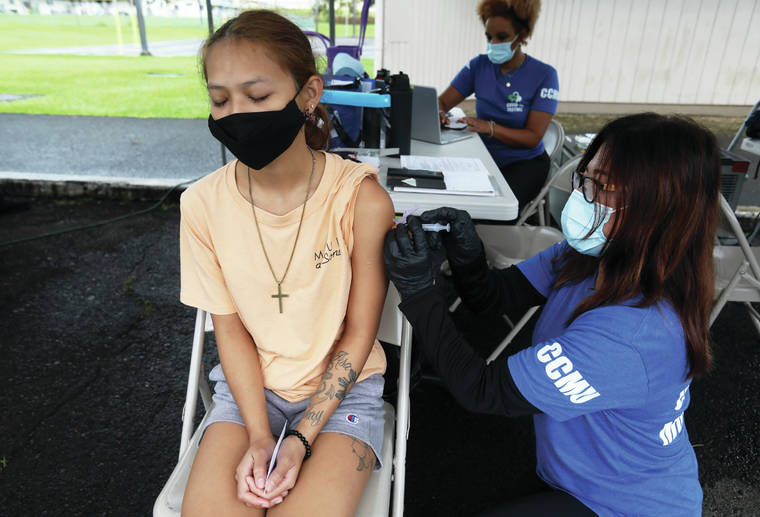EvilGoalie 21
GOLD
I clicked on the Israeli serology study linked earlier today. Here's my 2 cents.
It's a nice set of data. Given their vaxx data is weighted towards the beginning and end points, I would not be surprised if during review they were asked to comment on the possibility that their regression line is actually composed of two kinetic components (ie a fast initial drop followed by a slope similar to convalescent plasma) and is not a simple linear relationship. That might make a lot of sense. To look at it I superimposed their vaxx and convalescent scatter plots as on graph below, adjusting the x-axis since the vaxx data ends at 6 months while the convalescnent data set goes out further.
The main thing I'd point out is in regards to the y-axis, which is on a log scale. Each dot is the anti-S antibody titer of an individual as determined from a blood sample. Blue for vaxx, red for infection. For both groups, like I was saying the other day, there is huge (~1000X) variability from one person to another in antibody titer. Who, among these people, would be most prone for possibly symptomatic re-infection or (as it is being termed for vaxxed) breakthrough infection? Well, probably people with lower titers towards the bottom of the y-axis. Note you find both red and blue dot people down there.
The x-axis is then tracking out how circulating titer decays over time, which is their main focus. There's a clear ~10X initial higher titer with vaxx, which drop to superimposable levels with CoV-2 infection titers within 6 months. To know if they'd keep dropping according to the slope of their regression line they'd need to run it out further.
So if somebody wants to look at this data and interpret it to mean that vaxx or CoV-2 infection is somehow a "better" way to prime an immune response I don't know what aspect of the data that would be. It just seems a silly argument and unwarranted dichotomy, given that it's the same cellular processes that are being stimulated in both cases by the same protein. Nor is the study trying to make a "this is better than that" distinction. They are interested in the titer kinetics with respect to possible timing of boosters for immunocomp and vulnerable people.

It's a nice set of data. Given their vaxx data is weighted towards the beginning and end points, I would not be surprised if during review they were asked to comment on the possibility that their regression line is actually composed of two kinetic components (ie a fast initial drop followed by a slope similar to convalescent plasma) and is not a simple linear relationship. That might make a lot of sense. To look at it I superimposed their vaxx and convalescent scatter plots as on graph below, adjusting the x-axis since the vaxx data ends at 6 months while the convalescnent data set goes out further.
The main thing I'd point out is in regards to the y-axis, which is on a log scale. Each dot is the anti-S antibody titer of an individual as determined from a blood sample. Blue for vaxx, red for infection. For both groups, like I was saying the other day, there is huge (~1000X) variability from one person to another in antibody titer. Who, among these people, would be most prone for possibly symptomatic re-infection or (as it is being termed for vaxxed) breakthrough infection? Well, probably people with lower titers towards the bottom of the y-axis. Note you find both red and blue dot people down there.
The x-axis is then tracking out how circulating titer decays over time, which is their main focus. There's a clear ~10X initial higher titer with vaxx, which drop to superimposable levels with CoV-2 infection titers within 6 months. To know if they'd keep dropping according to the slope of their regression line they'd need to run it out further.
So if somebody wants to look at this data and interpret it to mean that vaxx or CoV-2 infection is somehow a "better" way to prime an immune response I don't know what aspect of the data that would be. It just seems a silly argument and unwarranted dichotomy, given that it's the same cellular processes that are being stimulated in both cases by the same protein. Nor is the study trying to make a "this is better than that" distinction. They are interested in the titer kinetics with respect to possible timing of boosters for immunocomp and vulnerable people.





